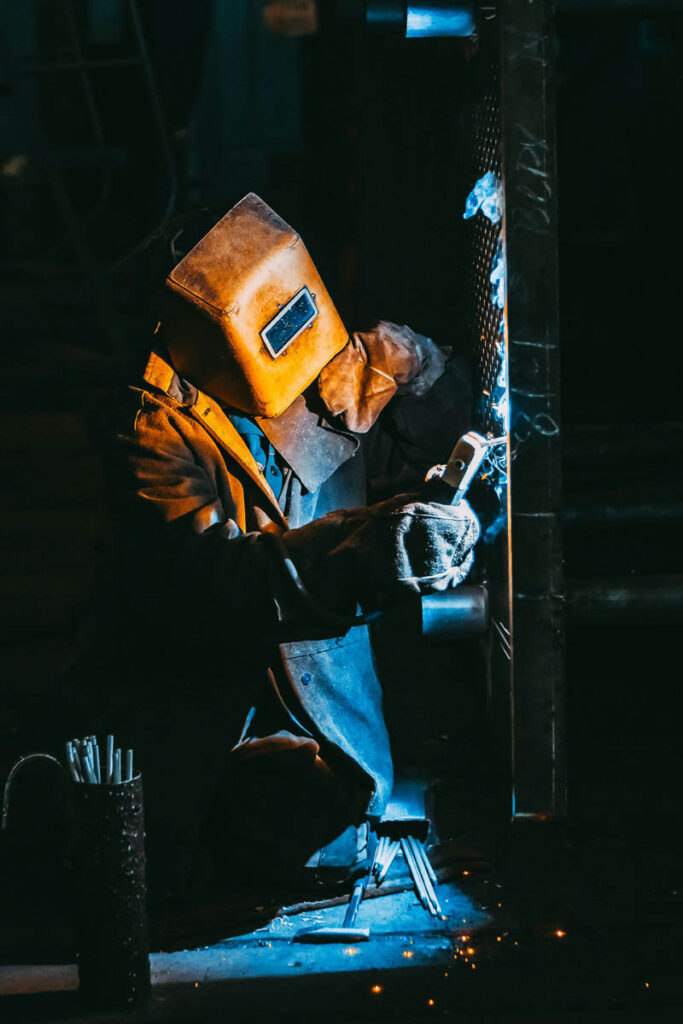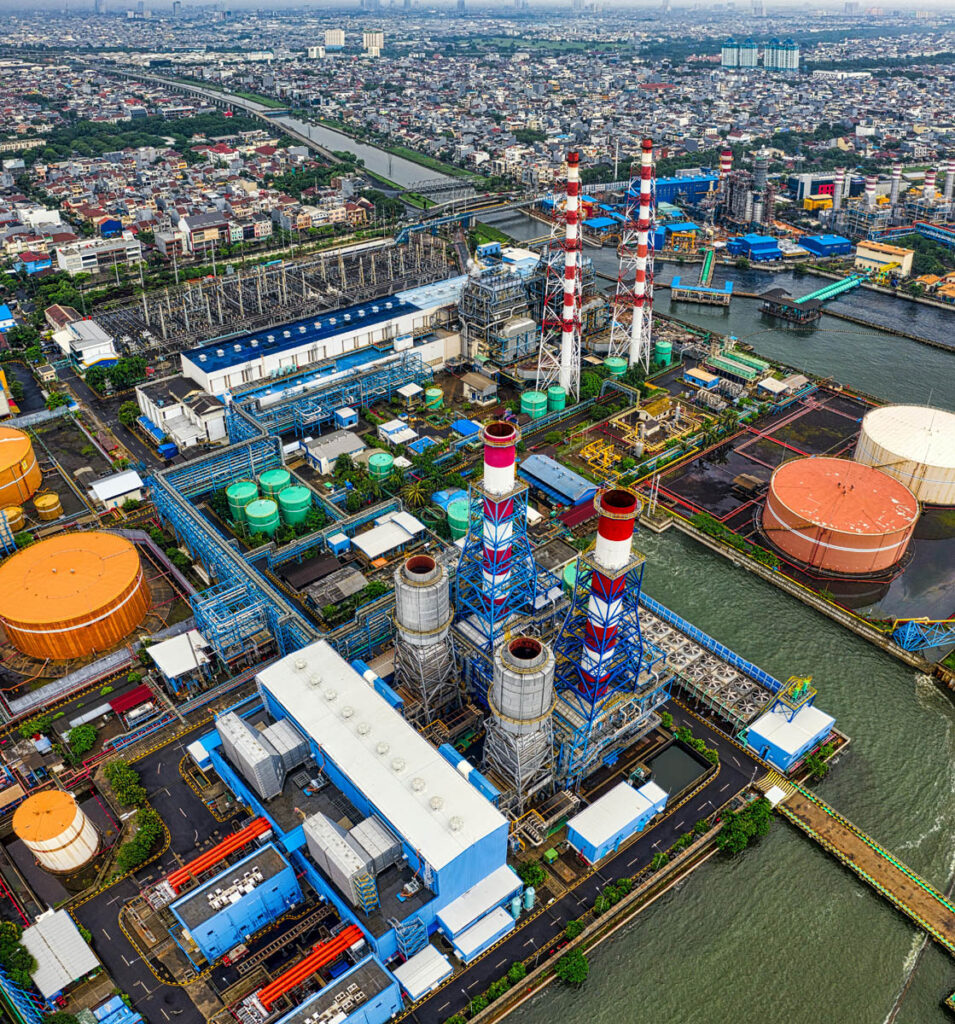Mastering Factory and Corporate Photography Techniques
Factory and corporate photography are essential tools for showcasing not just your products, but the very essence of your business. From capturing the intricate details of manufacturing processes to highlighting corporate culture and events, effective photography can communicate your brand’s values and identity in a way that words often cannot. This article delves deep into the significance, techniques, and best practices for factory and corporate photography.
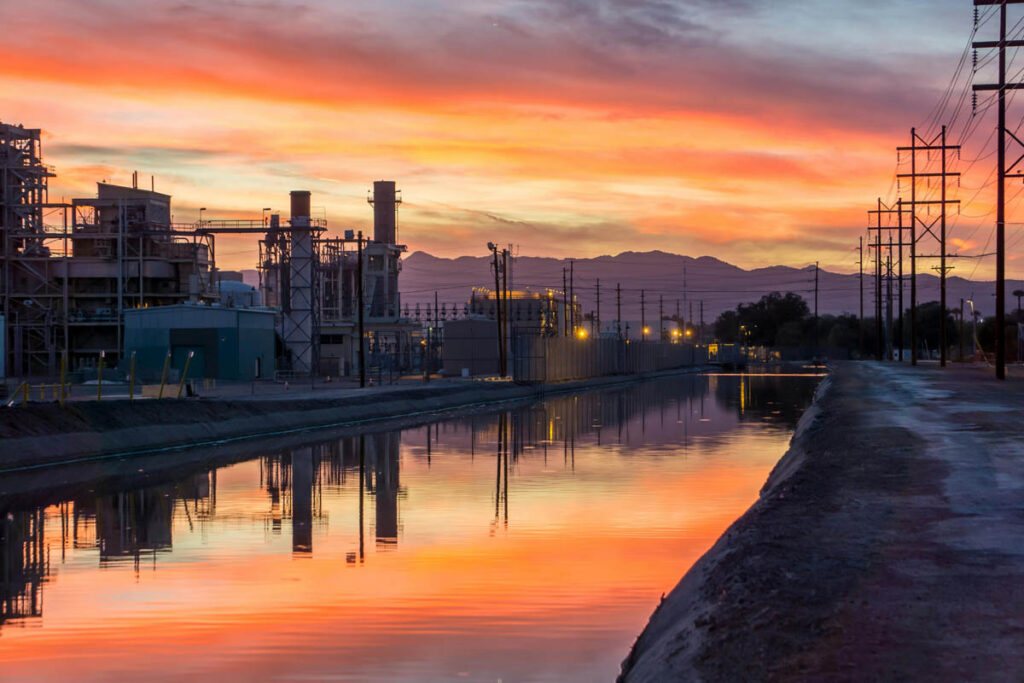
Importance of Factory and Corporate Photography
1. Visual Storytelling
Photography allows companies to tell their stories visually. Every factory has a unique narrative—be it the history of the company, the craftsmanship involved in production, or the dedication of the workforce. Authentic imagery helps convey this narrative, making it more relatable to clients, partners, and consumers.

2. Building Trust and Credibility
In an age where consumers seek transparency, factory photography can foster trust. By showcasing real employees, genuine operations, and behind-the-scenes processes, businesses can present an authentic image that resonates with their audience. This transparency can enhance credibility and customer loyalty.

3. Enhancing Marketing and Brand Strategy
Professional photography is a cornerstone of effective marketing strategies. High-quality images can enhance websites, social media posts, brochures, and other promotional materials. They grab attention and encourage engagement, ultimately driving sales and brand awareness.
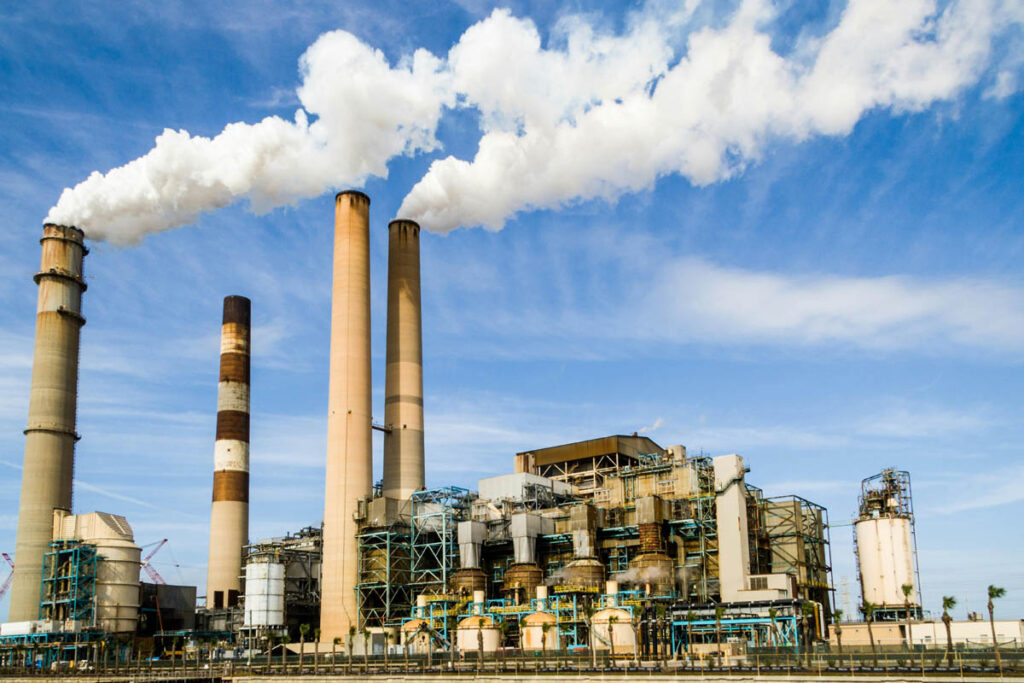
4. Showcasing Innovation and Quality
For manufacturing businesses, showcasing the quality and innovation of products is crucial. Through detailed and high-resolution images, companies can highlight their advanced machinery, production processes, and the meticulous attention to detail that goes into their offerings.

Key Elements of Effective Factory and Corporate Photography
1. Planning and Preparation
Before any photo shoot, it’s vital to have a clear plan. This includes identifying:
- Objectives: What message do you want to convey? Is it showcasing a new product, illustrating your production process, or highlighting employee engagement?
- Shot List: Create a list of specific images you want to capture. This could range from wide-angle shots of the factory floor to close-ups of workers in action.
- Scheduling: Consider the best time for lighting and activity. Early mornings or late afternoons often provide the best natural light for indoor and outdoor shots.
2. Lighting Techniques
Lighting is one of the most critical aspects of photography. Here are some tips to consider:
- Natural Light: Utilize windows and skylights to harness natural light, which can create a more inviting atmosphere.
- Artificial Lighting: If natural light is insufficient, use softbox lights or LED panels to ensure that all areas are evenly lit without harsh shadows.
- Golden Hour: For outdoor shots, shooting during the golden hour (just after sunrise or before sunset) can produce stunning results with warm tones.
3. Capturing Action
Static images can often fail to convey the dynamic nature of factory environments. Consider the following:
- Candid Shots: Capture employees engaged in their tasks, whether it’s operating machinery, collaborating in teams, or interacting with products.
- Process in Motion: Photographing machines in action or products moving along assembly lines can add energy and excitement to your images.
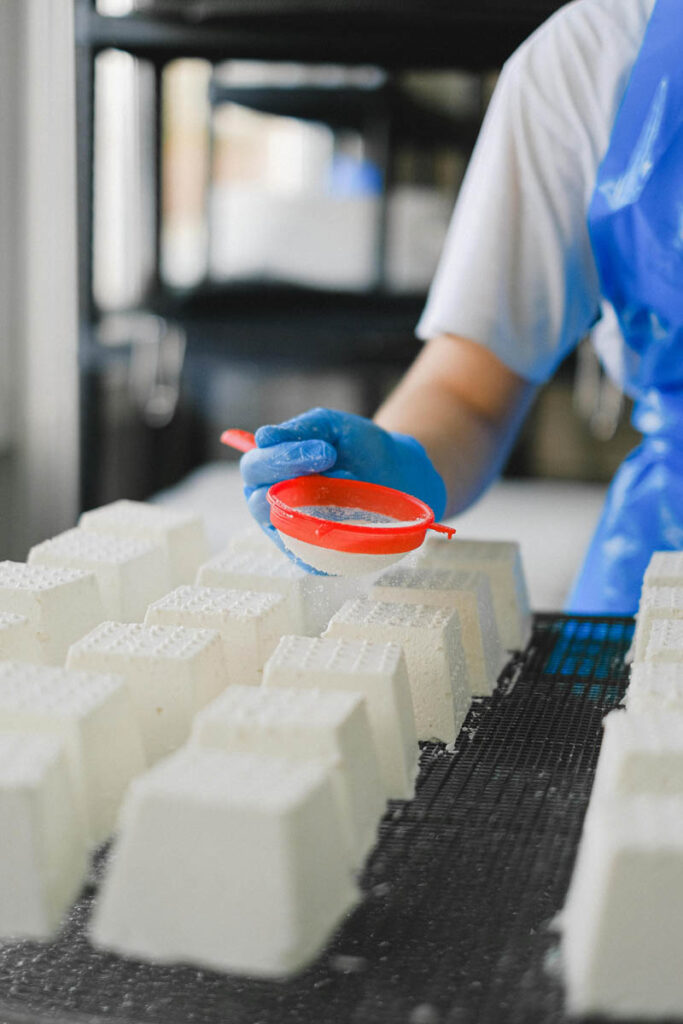
4. Showcasing Equipment and Processes
The machinery and processes involved in manufacturing can be visually striking. Focus on:
- Details: Use close-up shots to capture the textures, colors, and intricate details of equipment and products.
- Wide Shots: Provide context by showcasing the scale of your operation with wide-angle shots of the factory floor.

5. Highlighting Company Culture
Corporate photography isn’t just about products; it’s also about people. Consider capturing:
- Team Events: Document corporate events, team-building activities, and celebrations that reflect your company culture.
- Work Environment: Images of the workplace environment can help communicate your company’s values, from safety to teamwork.

6. Incorporating Branding
Ensure that your company’s branding is consistently represented in your photography:
- Brand Colors: Use your brand colors in backgrounds, clothing, or props to create a cohesive look.
- Logos and Signage: Include your logo and other branding elements in shots to reinforce brand identity.
Post-Production and Optimization
1. Editing Techniques
Post-production is where images come to life. Key editing practices include:
- Color Correction: Adjusting brightness, contrast, and saturation can enhance image quality.
- Cropping: Proper cropping can focus attention on key elements and improve composition.
- Sharpening: Apply sharpening techniques to ensure images are crisp and detailed.

2. SEO Optimization
Once your images are ready for public viewing, optimize them for search engines:
- File Naming: Use descriptive and relevant keywords in the file names.
- Alt Text: Add alt text that describes the image content to improve accessibility and SEO.
- Image Compression: Compress images for faster loading times without sacrificing quality, enhancing user experience on your website.
Tips for Effective Factory and Corporate Photography
Plan Ahead
Before the photo shoot, outline your objectives. Determine what you want to capture, whether it’s machinery in action, team dynamics, or your workspace environment. A shot list can help keep the session focused and efficient.
Choose the Right Time
Lighting is crucial in photography. Schedule shoots during times when natural light is abundant or utilize artificial lighting to ensure that your images are well-lit and inviting. Early mornings or late afternoons often provide the best light for outdoor shots.
Highlight Key Processes
Showcase your manufacturing or operational processes through dynamic shots. Capture employees in action, machinery at work, or products being crafted. These images can illustrate your expertise and the complexity of your operations.
Focus on People
Employees are the heart of any factory or corporation. Candid shots of your team working together, collaborating, or celebrating milestones can add a personal touch and highlight your company culture.
Utilize Various Angles
Experiment with different angles and perspectives. Wide shots can capture the scale of your operations, while close-ups can focus on intricate details. A mix of both will provide a comprehensive view of your factory or corporate environment.
Incorporate Branding Elements
Ensure that your company’s branding is visible in the photographs. This can be done through signage, uniforms, or color schemes. Consistent branding across all images helps reinforce brand identity.
Post-Production Matters
Editing plays a significant role in the final outcome of your photos. Use post-production techniques to enhance color, contrast, and sharpness, but avoid over-editing to maintain authenticity.
Use Professional Equipment
Invest in high-quality cameras and lenses or hire a professional photographer who specializes in corporate and industrial photography. The right equipment can make a significant difference in image quality.
Create a Narrative
Think about how your images will fit together to tell a cohesive story. Whether it’s the journey of a product from conception to delivery or a day in the life at your factory, a narrative will engage your audience more effectively.
Conclusion
Factory and corporate photography is more than just a collection of images; it’s a powerful tool for storytelling, marketing, and building trust. By understanding the importance of visual representation and employing effective techniques, businesses can showcase their identity, culture, and operations in compelling ways. Investing in high-quality photography can lead to increased engagement, brand loyalty, and ultimately, business success. Whether you hire a professional photographer or explore DIY options, the key is to capture the essence of your brand and share it with the world.



